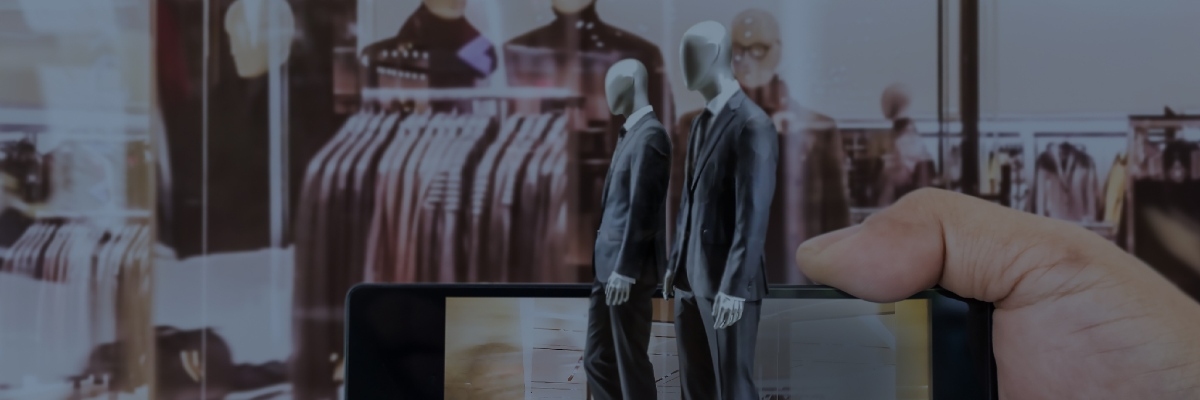The beauty industry has been significantly impacted by the Coronavirus (COVID-19). Masks, social distancing, and mass closures have limited social interaction and changed how people work, travel, and visit with friends and family. The unique shift in the nature of products purchased because of the pandemic has inspired us to look at this industry in depth.
A New Paradigm for the Beauty Industry
Think about your experience buying beauty products before the pandemic. Did you go to the store to look for the perfect shade of lipstick? Did you spray perfume on test strips before opting to buy that product? These little actions have now become luxuries. According to the McKinsey report, How Covid – 19 is changing the world of beauty, before the pandemic, 85% of beauty product purchases were made in store. Today, due to closures of brick-and-mortar stores, the industry is in a recession.
Less shopping equates to a reduction in sales. However, while this was expected, it’s not entirely what happened in 2020. While it’s true the industry experienced a drop in sales upon the closure of brick-and-mortar shops, e-commerce stepped in to lessen the pain. In fact, e-commerce rose significantly as shoppers turned to digital platforms to buy their favorite products. But just because we’re not visiting brick-and-mortar stores as much doesn’t mean we’ve stopped shopping for necessities, and then some. Some brands report their e-commerce sales were twice as high in 2020 compared to 2019, and McKinsey expects 20-30% growth in beauty brand online sales. So, the expected growth of online sales may seem incongruent with the expected decline of the beauty industry as a whole. Are online sales enough to offset the decline within brick-and-mortar?https://www.youtube.com/embed/YDQKJm_aCng
Trends in 2021
The answer is in the research. In 2019, consumers used more traditional beauty products such as prestige cosmetics and fragrances. In 2020, McKinsey reports prestige brands noticed a 55% decline in the areas of cosmetic sales and a 75% decline in fragrance purchasing. We can immediately assume a decline in brick-and-mortar means no shopping and consequently, no sales. However, McKinsey found 2020 online revenues for beauty brands increased by 20-30% in China. In the U.S., both Sephora and Amazon experienced similar rises compared to 2019.
Indulging in Self-Care
As we can see, what was relevant in personal beauty product usage in 2019 was not the same in 2020. Consumers aren’t putting the brakes on beauty shopping entirely, rather, they’re simply shifting their spending habits. A recent trend in the beauty industry showing no sign of stopping, and possibly even further growth is in the areas of self-care and pampering. The “treat yourself” motto has never been stronger than during the trying times of COVID-19. Consumers want to feel relaxed and pampered to offset “Pandemic fatigue.” Skincare, haircare, and other bath-and-body type products are the Holy Grail for those looking to indulge in self-care. The proof is in the pudding. During lockdown, specifically mid-March 2020, France showed an uptick of 800 percent in luxury hand soap sales alone (McKinsey).
It’s All About E-Commerce
The rise in e-commerce was expected prior to the pandemic, but accelerated upon its unwelcome arrival. In fact, e-commerce has taken on a role far in excess of that anticipated, making it critical for beauty brands in their endeavors to strengthen the relationship with their consumers. E-commerce sales grew a record 44.4% in Q2 and 37% in Q3 in the US alone during 2020. The changing environment of e-commerce requires beauty companies to modify their approach as consumer demands evolve. One thing is certain, the strategic importance of digital solutions can’t be overlooked.
Let’s Get Digital
The acceleration of e-commerce boasts a long-lasting shift to digital, and beauty players must equip themselves to handle this change while engaging in more innovative omnichannel campaigns. Digital transformation will not only strengthen the bond with consumers, but it will also diversify the way consumers engage with a brand. Digital maturity goes hand-in-hand with performance. Collaboration via technology means greater efficiency, faster time to market, and outperforming the competition. It’s important not only to choose the right digital tools for each organization, but to ensure the tool is also widely adopted.
An effectively utilized digital environment enables teams to create and follow project timelines, track progress, increase efficiency and responsiveness, and provide holistic visibility for everyone involved. Ultimately, it leads to more productive employees, successful projects, and happier customers.
Conclusion
The beauty industry suffered during the pandemic. But that does not have to be its fate in 2021. Now more than ever, it’s critical to adopt digital platforms to manage brand assets and be more agile overall. By prioritizing various digital channels, beauty brands engage existing customers while attracting new ones. The pandemic has shown us that even with foolproof preparedness, there are some things we can never be ready for until they happen. The most successful beauty brands know how to pivot in uncertain times.
If you’d like to read a deeper exploration of 2021 beauty trends and how you can bounce back strong in 2021, make sure to check out this free e-book.










